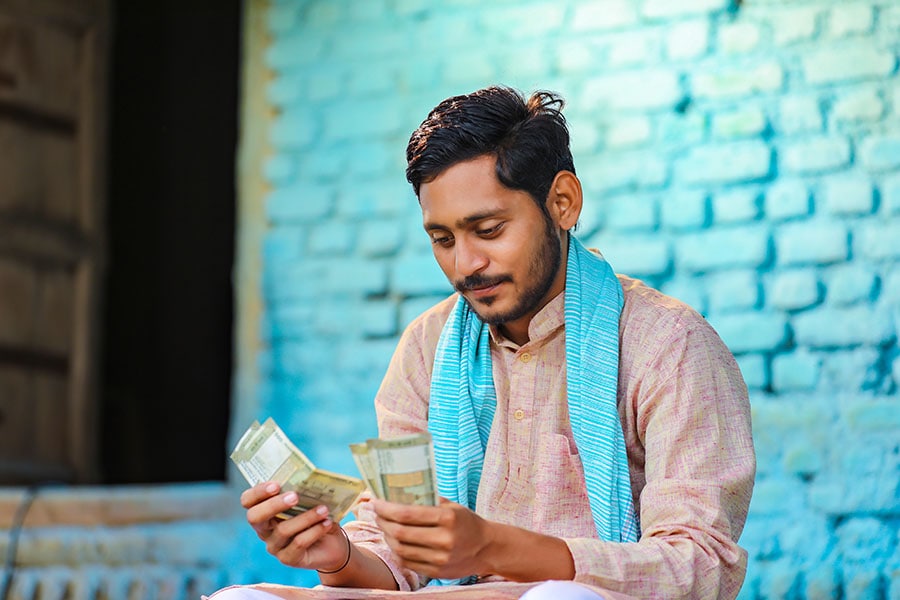
Workers in rural India are receiving 20 times their minimum wage: Karya
Nitin Jerath, head of design at Karya, an ethical data company, sheds light on using technology to help bring people out of poverty
 Image: Shutterstock
Image: Shutterstock
Karya, a non-profit launched in 2021 in Bengaluru, founded by Manu Chopra and Vivek Seshadri calls itself ‘the world’s first ethical data company’. It sells datasets that it collects from rural India to big tech players. Unlike a for-profit entity, Karya uses the money earned from selling the data to simply cover its costs and uses the remainder to support the rural poor in India. By partnering with and providing jobs to rural India, Karya is able to provide them with de-facto ownership of the data that they provide. Whenever this data is sold, the providers (people categorically below the poverty line) receive a generous compensation that is over and above the minimum wage that they anyways receive. It’s a model that doesn’t exist anywhere else in this industry.
Storyboard18 caught up with Nitin Jerath, head of design at Karya to understand how this model works, how Karya is able to navigate the rural market efficiently, provide high paying long-term jobs and how they are effectively using technology to help bring people out of poverty.
Edited excerpts.
Q. What does Karya do ad what is the goal?
Our goal is to provide a means of working to those who are underrepresented and who don't get opportunities for work otherwise. We work with a lot of rural communities that fall below the poverty line and who do not have access to work or high paying work. So Karya’s goal is to provide dignified digital work to people in rural India. We currently create datasets for tech companies. If a company wants a dataset, we provide it to them. We want to build an ethical data ecosystem which currently has a very bad rep for its unethical practices.




